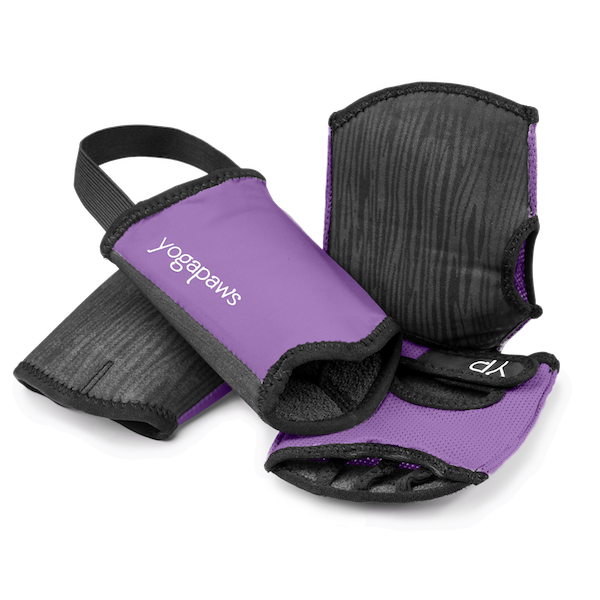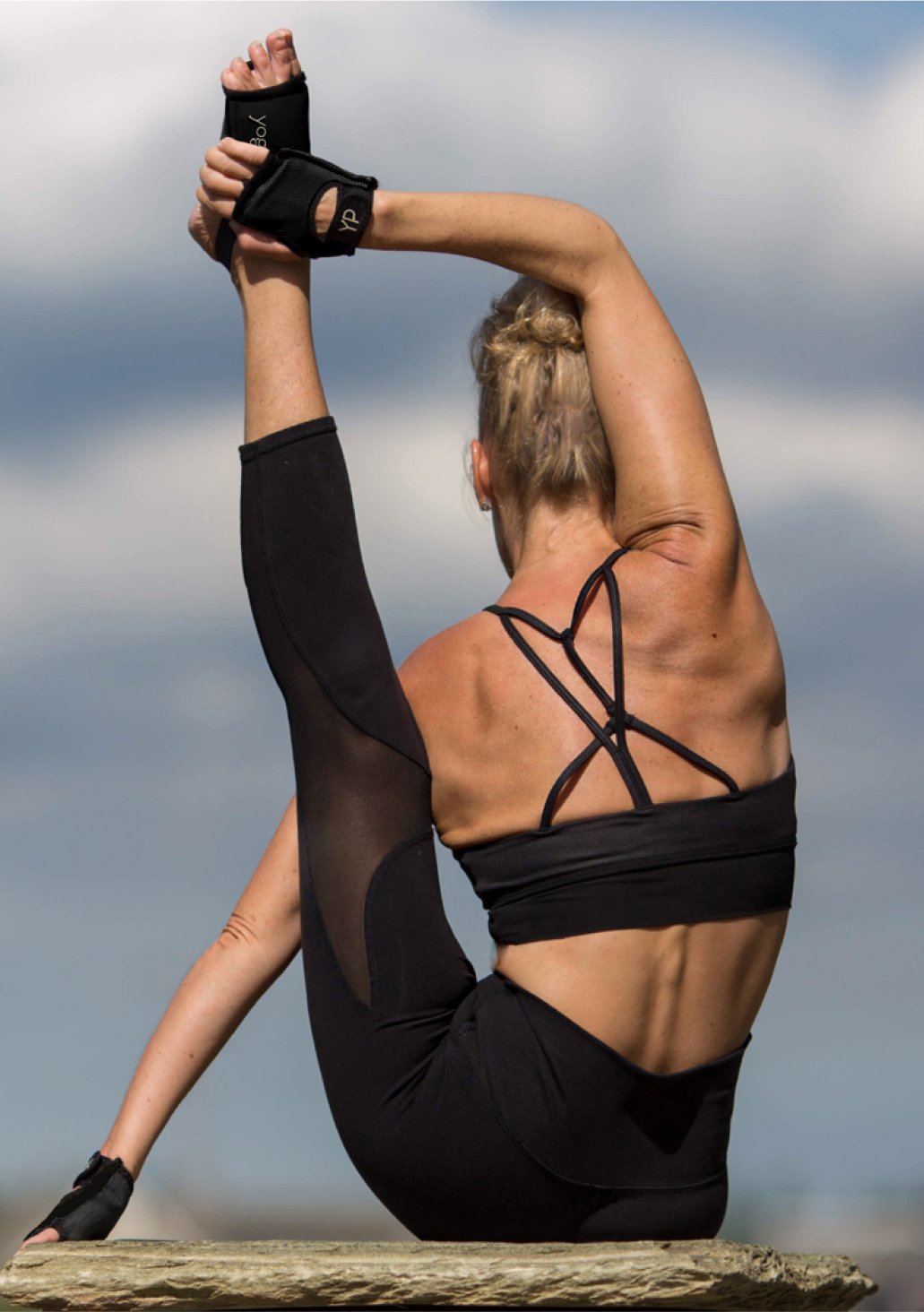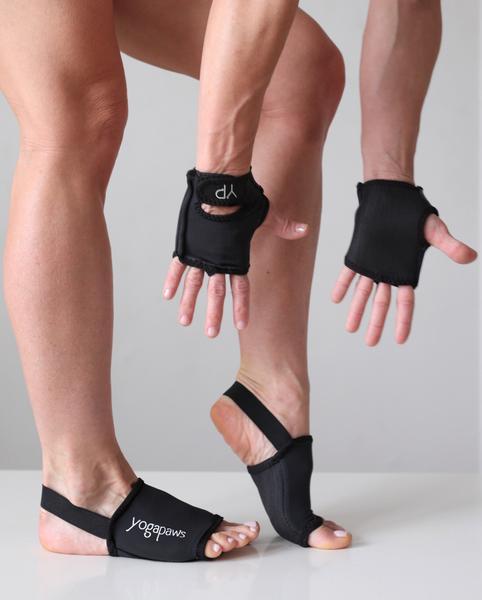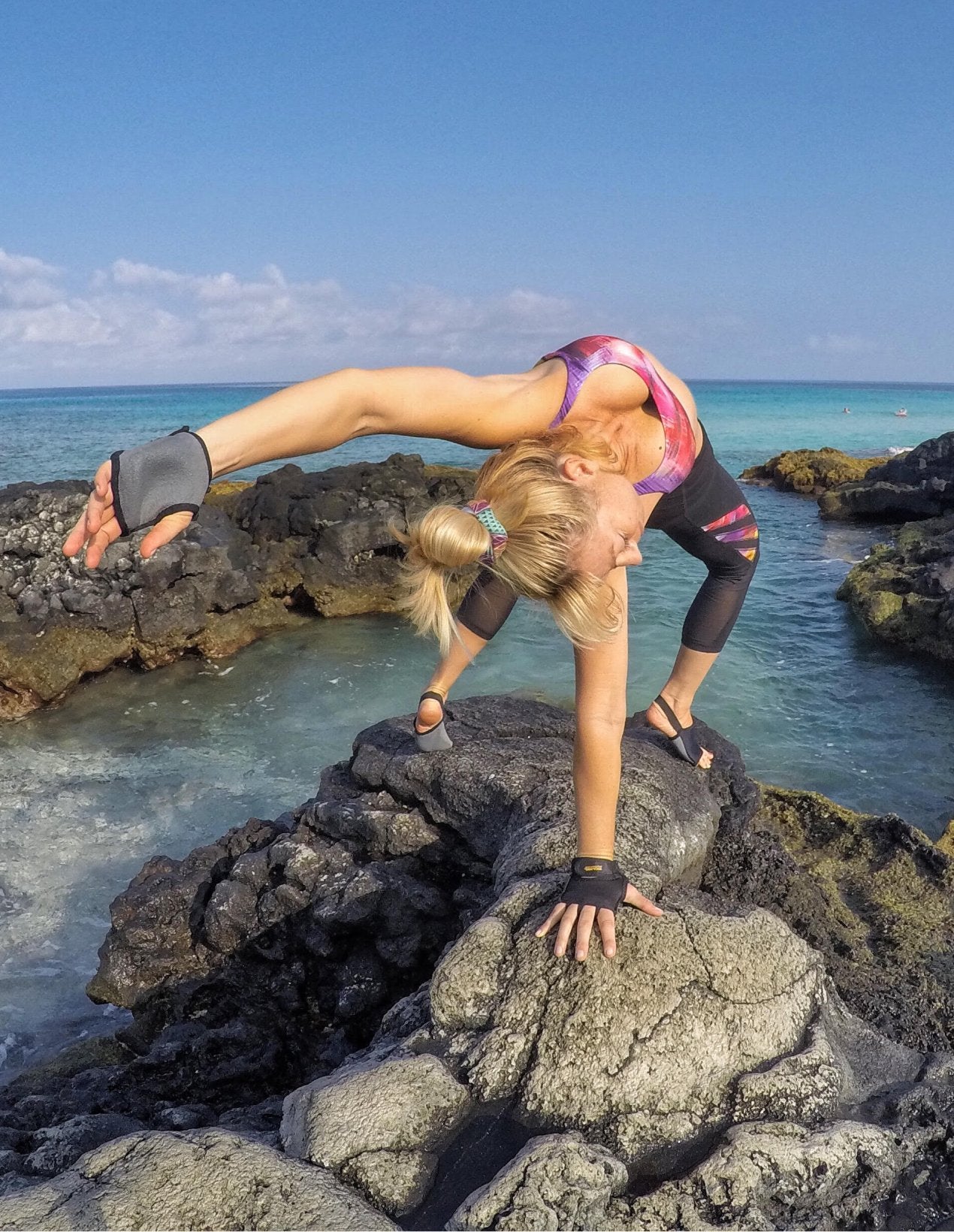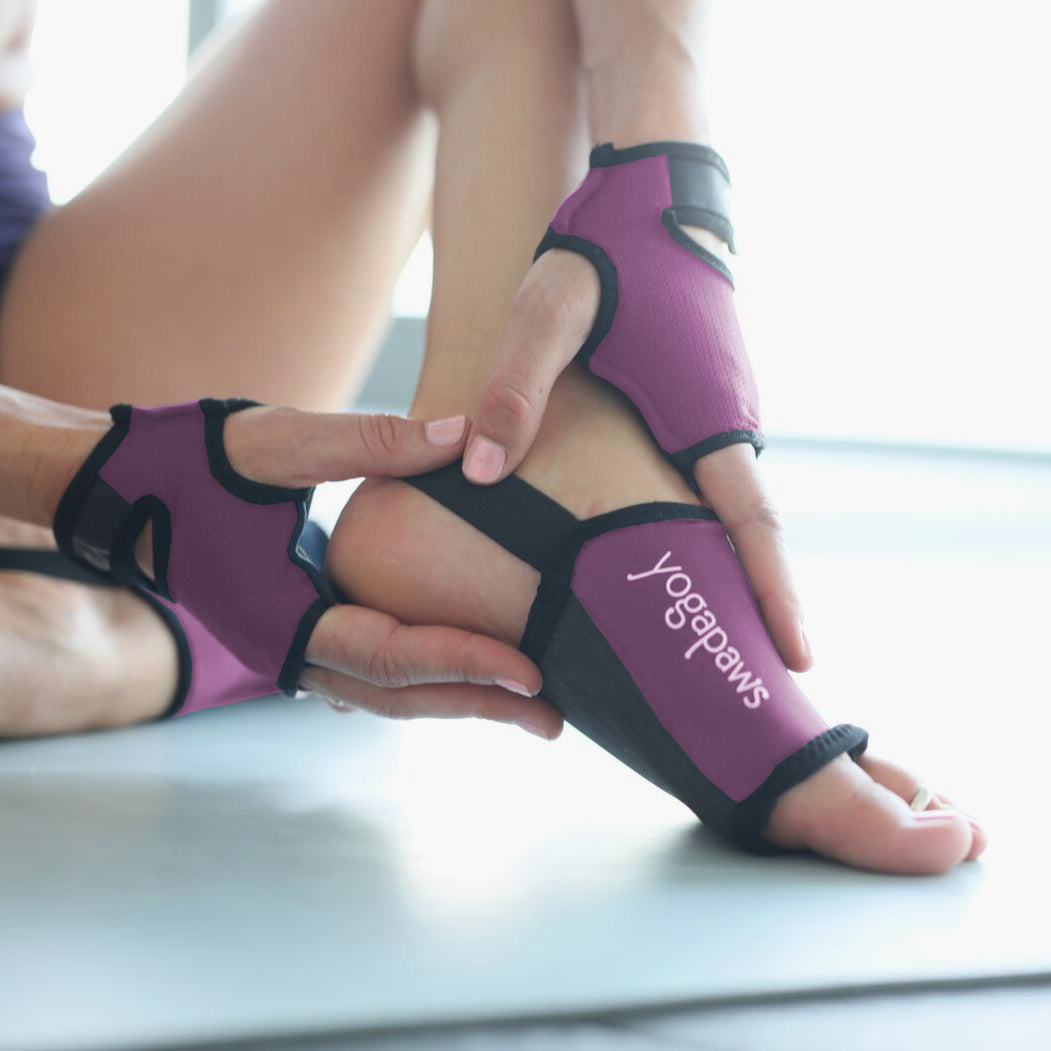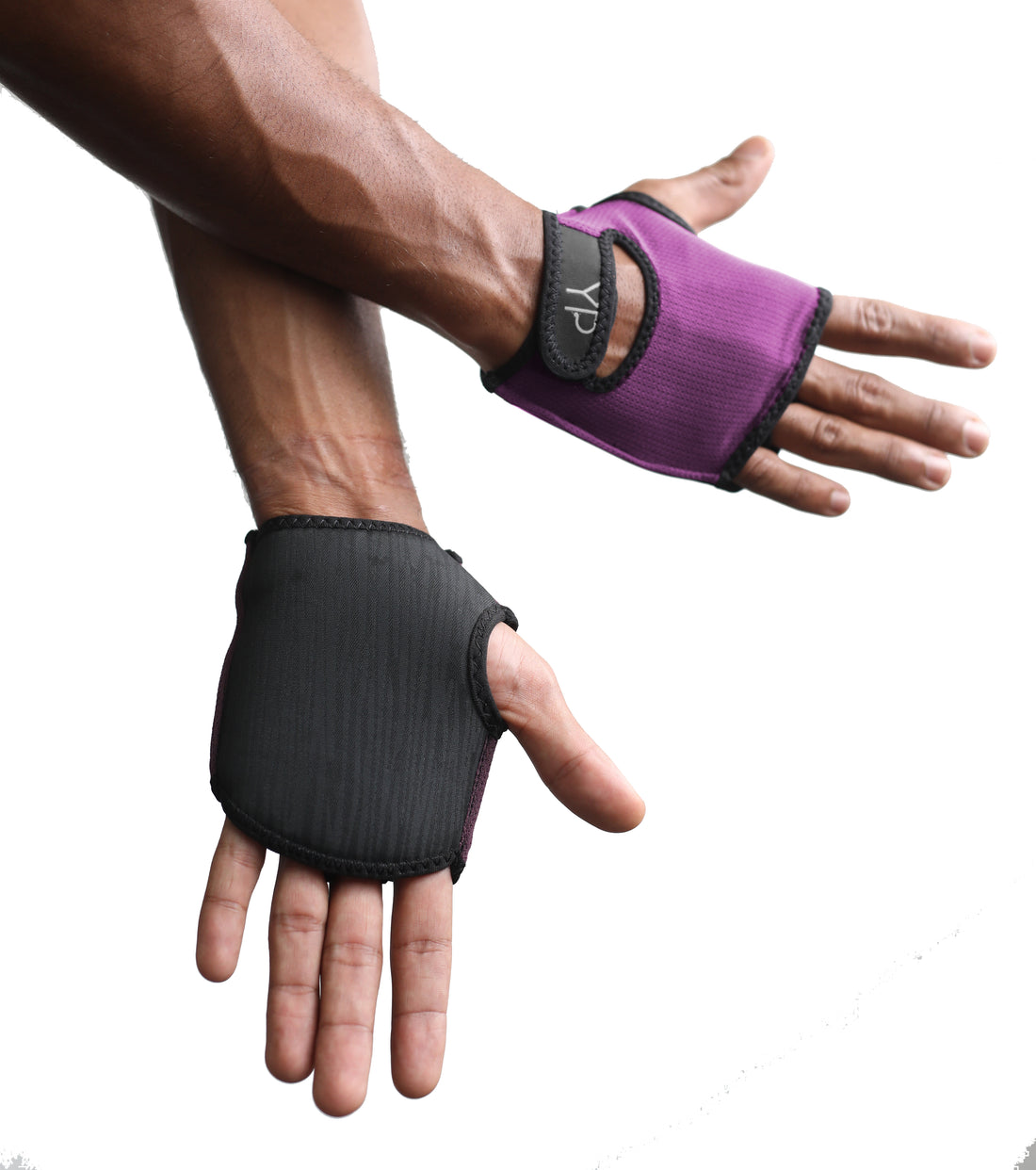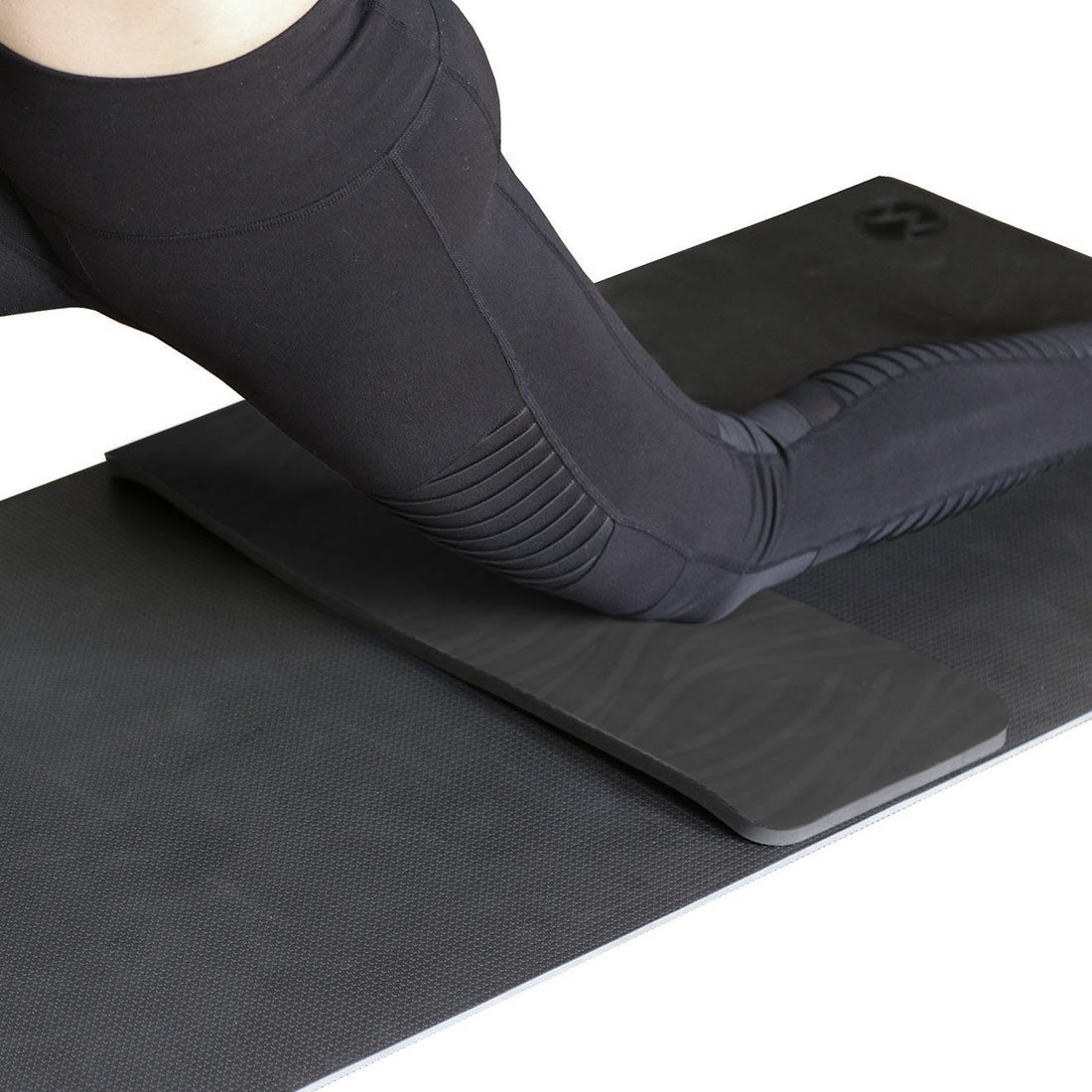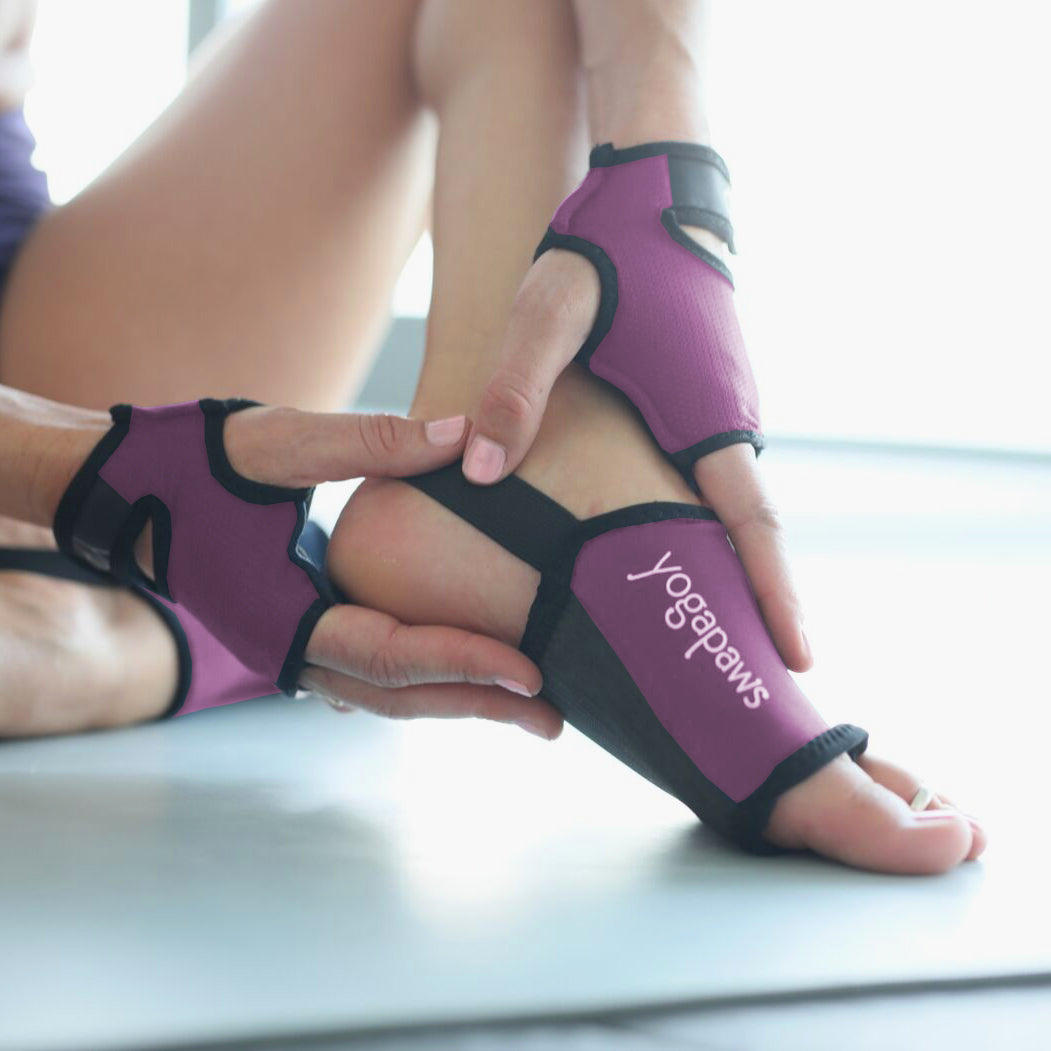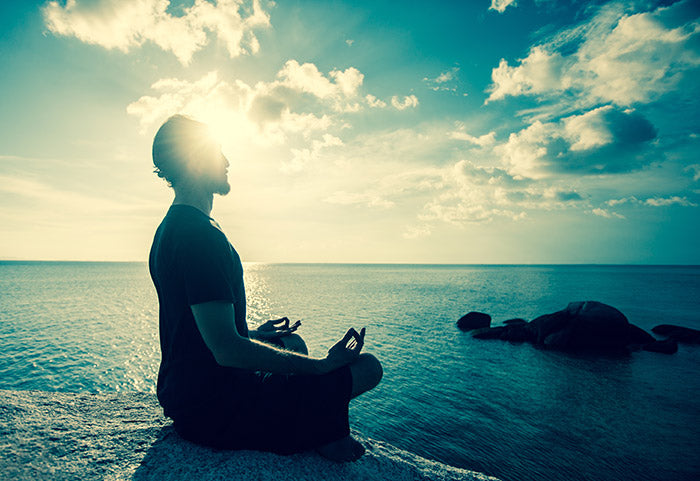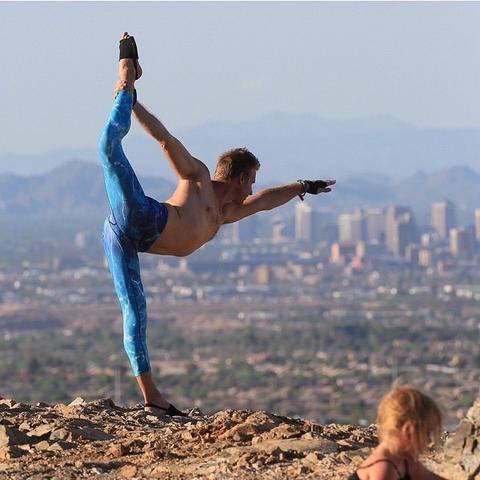 In the Western world, spring is viewed as a time of hope, possibility, and greenness. While all those expansive vistas are appealing, sometimes you might feel overwhelmed. It’s a little like walking into a maze. You’re wondering where you need to go first, second, third and fourth. The radically changing weather is partly to blame—one day snow, the next sunny and coats-off toasty—because it forces you out of the cozy, comfort zone you’ve developed over the winter. But there’s also the urge to refresh and rejuvenate that comes from deep inside.
In the Western world, spring is viewed as a time of hope, possibility, and greenness. While all those expansive vistas are appealing, sometimes you might feel overwhelmed. It’s a little like walking into a maze. You’re wondering where you need to go first, second, third and fourth. The radically changing weather is partly to blame—one day snow, the next sunny and coats-off toasty—because it forces you out of the cozy, comfort zone you’ve developed over the winter. But there’s also the urge to refresh and rejuvenate that comes from deep inside.
Finding your center isn’t always easy. The Internet, the TV, even family, and friends are telling you how should dress, look, live. You may be telling yourself that change is hard. Okay, impossible. To counteract that, start by focusing on the Yama (Hindu ethical guide), Kshama. It means releasing time (or time pressure for modern clock-aholics), being patient and living in the present. It also means learning to embrace the uncertainty of life.
Practicing yoga poses that emphasize your connection to the Earth can help you feel this acceptance and clarify your focus. Choose asanas that require you to find balance in off-balance positions or comfort in uncomfortable places. Make sure you exhale fully, making the out-breath two to four counts longer than the inhale to free yourself of toxic substances and thoughts. Learning to thrive in a changing environment is part of life, and the transition in the seasons is a great time to test out what gets you centered.
Here are some poses to try:
 |
Janu Sirasana (Head-to-Knee Pose) Benefits: Stretching your hamstrings releases your body from the feeling of preparing to run away, a classic element of being ungrounded How to do it: Begin by sitting with your legs stretched out in front of you and your buttocks supported on a folded blanket. Bend your right knee in and rotate your right leg outward, so that the sole of your right foot presses lightly into your left thigh. If your knee doesn’t open to the ground, support it with a folded blanket. Press your right hand into your right hip crease and open your body slightly to the left while grounding your right leg. You can also loop a strap around your left foot, holding the position to get a sense of grounding in your hips and length in your back. When you’re ready, release the strap if possible and clasp your left leg with your right hand. Hinge forward from the groin and use your left hand to keep your body from opening to the right. Focus on lengthening your torso as you bend forward. Remain in the pose for one to three minutes, then release and repeat on the other side. |
 |
Dandasana (Staff pose) Benefits: Feeling your connection to the earth in his pose increases the sense of centeredness. How to do it: Sit on the floor. Straighten your legs in front of you. You may want to check your alignment by practicing this pose against a wall, allowing your upper back to touch the wall, but not your lower back or head. If you feel your torso leaning back, place a folded blanket under your buttocks to release the tension in your hamstrings. Flex your feet and firm your thighs and rotate your legs slightly inward. Visualize your torso lengthening up from the ground. Hold this pose for at least one minute. |
 |
Purvottanasana (Upward Plank Pose) Benefits: The combination of pushing your hands and feet into the ground and arching your front body upward helps you feel stable and balanced. How to do it: Begin in Dandasana (Staff Pose). Place your hands on the floor behind your shoulders, fingers pointing toward your heels. Consider using Yoga-Paws if your hands and feet tend to slip on your mat. Bend your knees and place the soles of your feet on the ground, at least a foot in front of your buttocks. Lift your body into a reverse tabletop. Without lowering your hips, straighten your knees one at a time. Gently arch your head back. Remain in the pose for 30 seconds, then release to Dandasana. |
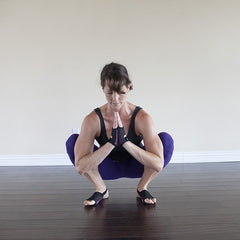 |
Malasana (Garland Pose) Benefits: This pose forces you to engage and strengthen your hips, a key part of the body to activate when you need to feel secure. How to do it: Begin by squatting with your feet as close together as possible. If your heels don’t reach the ground, support them on a folded blanket. Open your knees slightly wider than your hips and gently press your body between your thighs. Use your elbows to open your knees and bring your hands to Anjali Mudra (Salutation Seal). Hold the pose for 30 seconds to one minute and release. |
 |
Utthita Trikonasana (Extended Triangle Pose) Benefits: The balance of your body reaching in two directions stabilizes you in space. How to do it: Begin in Tadasana (Mountain Pose). Step or lightly jump your feet three to four feet apart. Reach your arms straight out to the side, palms down. Rotate your left foot in slightly and turn your right foot out. Exhale and extend your torso over your right leg. Grasp your shin or ankle if you can’t reach the floor. Turn your gaze toward your left arm. If that makes your neck uncomfortable, gaze at your foot. Hold for 30 seconds. |
To maximize the benefits of these grounding yoga poses, coordinate them with your breath. As soon as you come to your mat, connect to a breath that starts at your pelvic floor and rises through your body. Exhale in a reverse pattern, allowing the chest to fall back to the spine, then the mid-body and finally the first chakra. Working from this strong, centered place makes you feel safe, secure and able to embrace the changes to come.


